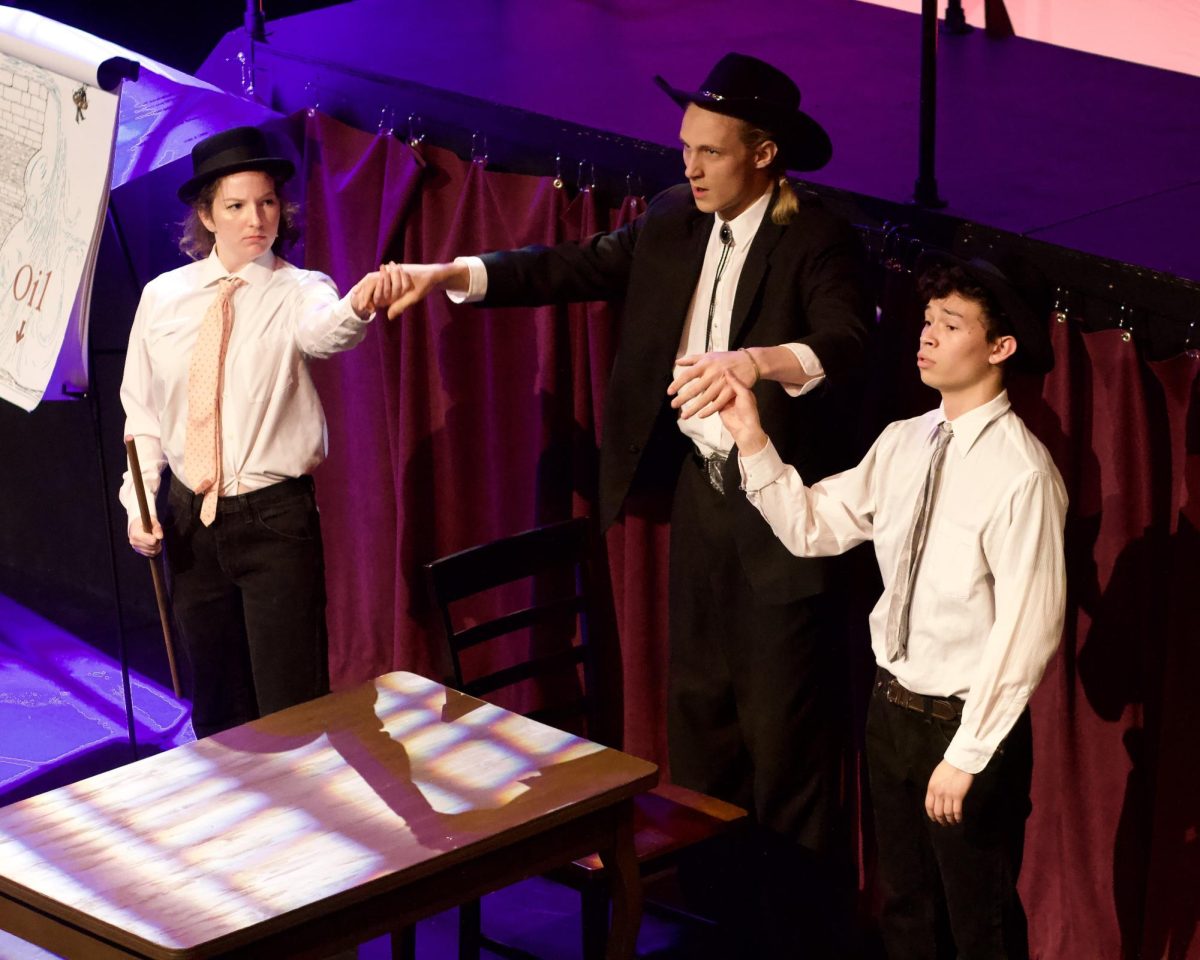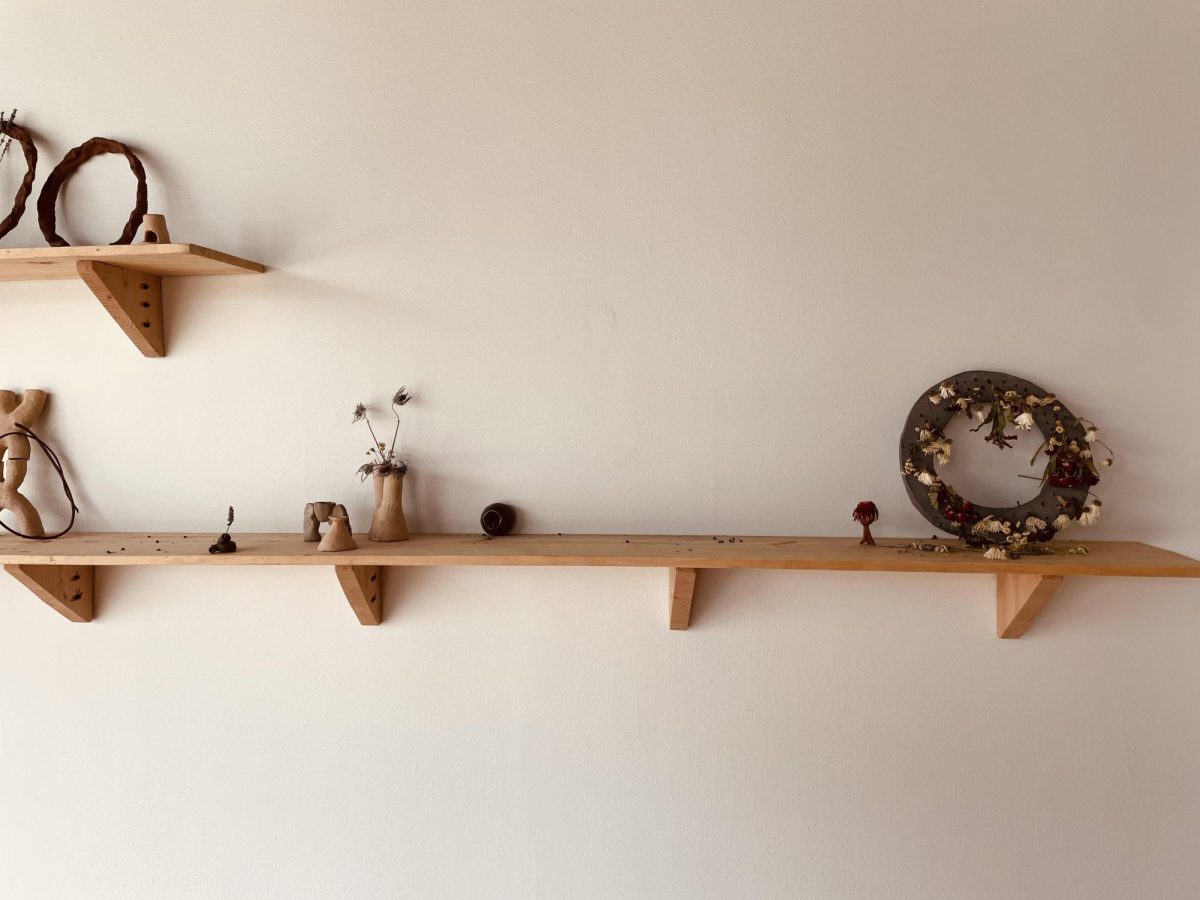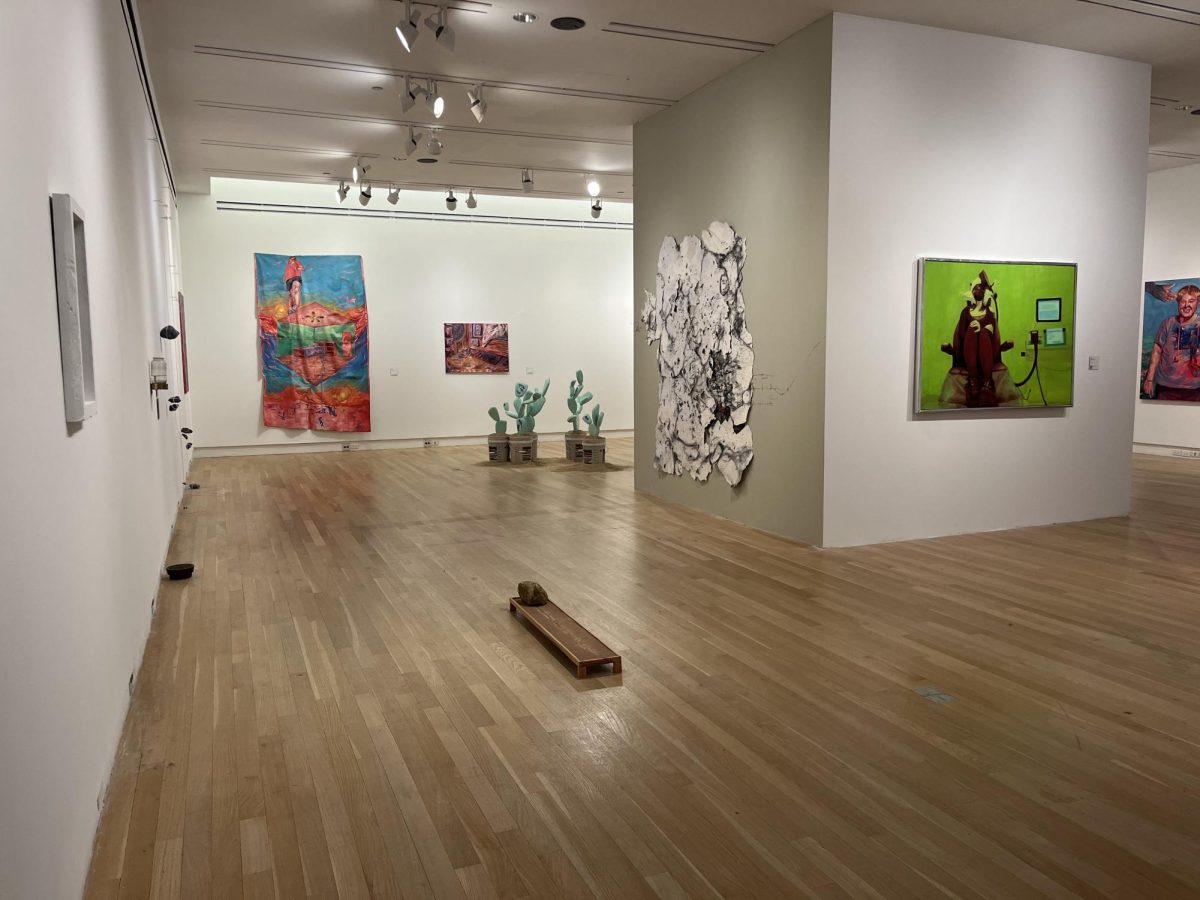To many, the phrase “American heartland” conjures up images of a bucolic life among rolling fields of corn and eating copious helpings of homemade apple pie while tucked under in a cozy quilt. This expectation is instantly quashed upon entry into the Smart Museum’s new exhibition. Not content with displaying works “inspired by” or “characteristic of” the region and landscape that traditionally shares its name, Heartland extends the common geographic definition of the “American heartland” to include areas such as Detroit and Chicago, encompassing both the Great Plains and the Mississippi Delta to present works of art that provide an unconventional insight into the lifestyle of these regions.
Heartland originated as a project undertaken by curators Charles Esche (director of the Van Abbemuseum in Eindhoven, The Netherlands), Kerstin Niemann (research curator at the Van Abbemuseum), and Stephanie Smith (the Smart Museum’s director of collections and exhibitions and curator of contemporary art) to present the cultural depth of the American heartland and its rural communities. This incarnation of the exhibit offers “a more focused look at the ideals of resourcefulness and invention that permeate the heartland.” Smith, at the students’ special preview tour of the exhibition, indicated that Heartland sought to show that the art that comes out of a given region does not necessarily need to be about the region itself.
Despite the fact that the exhibit eschews a strict thematic focus in favor of a diverse collection, it still achieves its goal of providing a comprehensive view of art from its target region: The exhibition mainly favors photographs, drawings, mixed-media, and video installations instead of traditional canvases or sculpture.
The most striking of these installations comes from the Kansas City collective Whoop Dee Doo. In a corner covered with tinfoil and exuberant colors, the viewer is invited to watch recorded highlights of the group’s traveling, kid-friendly dance and variety show, which can feature anything from soul singers to frenzied dance-alongs to Drink-Cola-Through-a-Twizzler contests.
The Compass Group’s work “Region from Below: Power Plants,” uses a number of thematic Midwest maps as well as one of their own invention to provide a glimpse into the social strata of Heartland culture that is commonly buried under the image of the bucolic stereotype. Inspired by her work on environmental sustainability in Detroit and post-Katrina New Orleans, Slovenian artist-architect Marjetica Potrc contributed a series of photographic prints and illustrated passages which elaborate on her belief that “the green catalyzes change.”
The recurrence of maps and diagrams in Heartland form the backdrop of the exhibition and calls for a reconsideration of storytelling in art. Chicago-based artist Deb Sokolow’s “Dear Trusted Associate” focuses squarely on this aspect, taking viewers across multiple panels in the style of a graphic novel. The narrative is a hilarious flight of fancy that operates on the off chance that one of those spam emails exhorting you to send money to a deposed Nigerian prince might actually have something more to it. On a much darker note, Julika Rudelius’ two-screen video installation “Rites of Passage” uses uncomfortably close close-ups, suggestive physical contact, and dialogue placed just out of earshot to suggest homoerotic undertones in the "charismatic leadership" of senior political figures and their fresh-faced protégés.
Despite the focus on mindful inquiry, Heartland still offers moments of sensational aesthetic wonder. Scott Hocking’s Ziggurat—East, Summer, Fisher Body Plant #21 photographically depicts a pyramid composed of loose bricks and tiles from the floor of an abandoned car factory. Unexpectedly, this sculpture stands majestically amid the desolation caused by the decline of the automobile industry. Potrc’s illustrations, with their bright and fluid strokes of ink, belie her enthusiasm for her work in sustainable communities around the world.
The primary strength of Heartland is its ability to alter the common conception of the American heartland, one that is invariably tied to the Plains and the Delta, into a new perspective that appreciates the many layers of artistic inspiration. The exhibit is an interactive experience that includes many audio-visual elements as well as installations for viewers to climb into and encounter. Such unorthodox displays challenge the idea of the American heartland as a land of deeply conservative peoples bound by tradition. This is evidently a region with a richly burgeoning artistic scene that, in harmony with Whoop Dee Doo’s aesthetic principle, “makes its own fun.”







